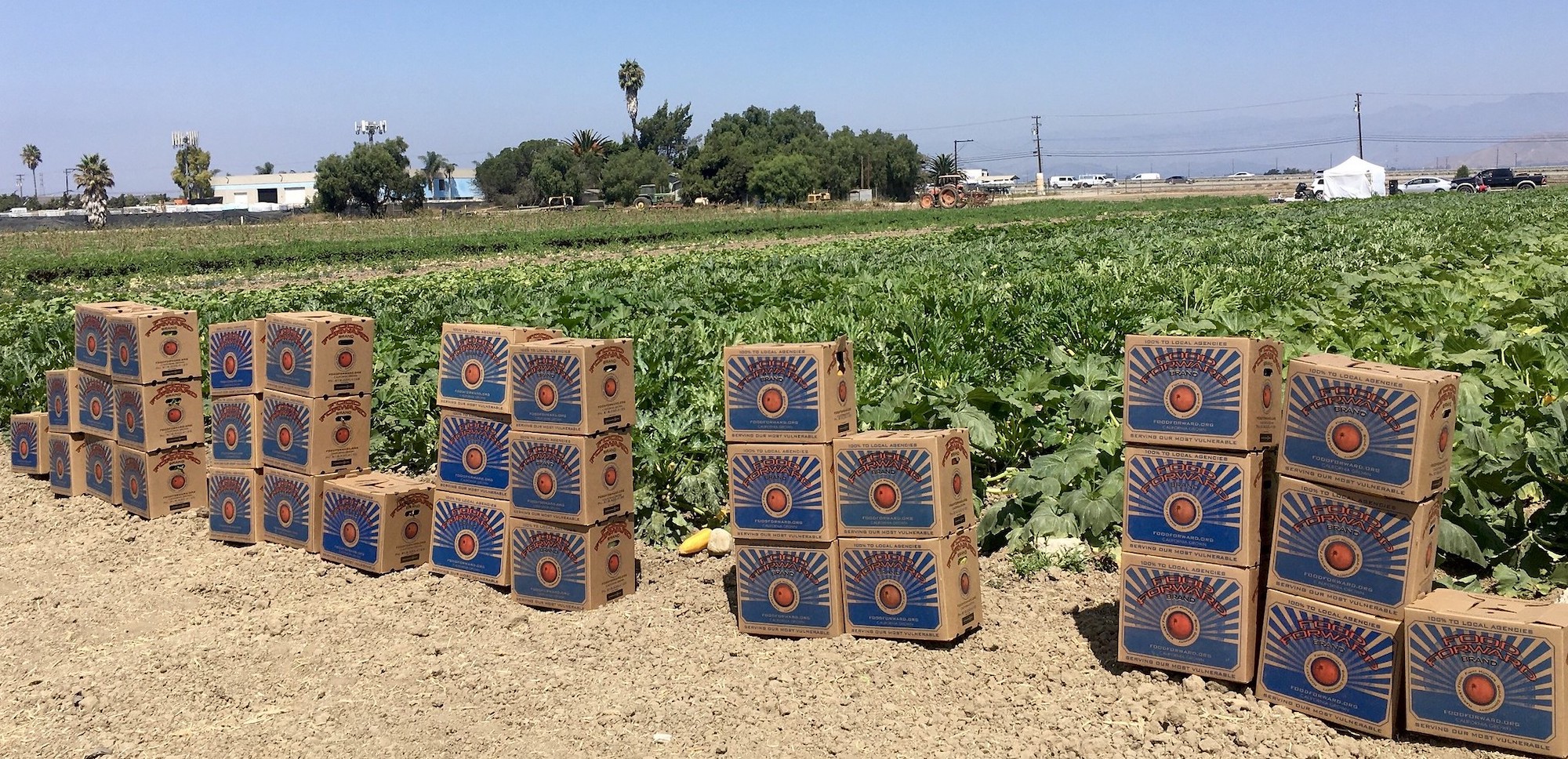The history of the connection between Indigenous people in California and how our food system developed is complex, involving a long history. We hope this blog post gets you thinking and inspires you to learn more about where our food comes from and the complicated histories tied to land, water, and colonization.
So, let’s start with a very brief history. The first settlers of California were people from the continent of Asia, who crossed the Bering Land Bridge around 15,000 years ago. These early Californians spread out among California’s diverse topography into distinct tribes with as many as 135 different dialects. Some of these tribes included the Karuk, Maidu, Cahuilleno, Mojave, Yokuts, Pomo, Paiute, and Modoc. Most of these people did not live an agrarian lifestyle, as California’s drier climate was not suitable for farming, but subsisted on foods including wild nuts, berries, and fish. Before Europeans came to California, the population across the state was estimated to be around 300,000 people.
In the mid-1500s, Spanish colonizers sailed to modern Santa Barbara, but it wasn’t until the mid-1700s that the Spanish made a concerted effort to colonize California. Their strategy included building military forts and mission churches to dominate the native tribes by both force and cultural erasure. Once they had control over the people and land, the colonizers established towns, or pueblos, which attracted European settlers by offering them free, stolen land.
Later, Mexico gained control over California from Spain and ended the mission system. By the end of the mission system in 1834, the presence of the Spanish had cut the native population in half, to only 150,000 people. The Mexican government distributed land owned by the missions to private individuals, leading to the rise of ranchos and the livestock industry in California—the first widespread agricultural industry in California. Some indigenous people who were previously in the missions became slaves on the ranchos, working the land that their ancestors lived off of.
After the gold rush of the late 1840s and early 1850s, and with the construction of irrigation infrastructure, agriculture became a viable business in California. The primary crops grown and exported in the latter half of the 19th century were wheat and barley. However, because the settlers did not employ regenerative agricultural techniques such as crop rotation and deep plowing, the monoculture system left the soil drained of nutrients within a few decades. So, the agricultural economy shifted from ranching and wheat production to fruit cultivation, especially of grapes and citrus. By the late 1920s, the number of farms in the state had increased by 700% from the mid 1800s.
We see the impact of this expansion in farming today—both with the legacy orchards and fruit trees that dot the Southern California landscape (Food Forward® harvests many of these trees) and with the state’s current agricultural production. Over one-third of vegetables and two-thirds of fruits and nuts grown in the United States are grown in California. And, the Golden State ranks highest in the nation for agricultural sales—in 2022, the state’s farms collectively made $55.9 billion.
California’s very productive and profitable agriculture industry relies on two valuable resources: land and water. Both of these resources were taken—by force, coercion, cultural erasure, and enslavement—from Native Californians. Today, water rights and usage are very contentious issues, as droughts worsen across the state. The conversation is often framed as being a push and pull between environmental and business interests, or between urban and rural communities. Frequently left out of these dichotomies are Tribes and their water rights.
All of us eat, and all of us in the state rely on California’s land and water for sustenance. But our state’s agricultural system wasn’t created in a vacuum—it emerged from the exploitation of Indigenous people and theft of their land.
So, what can we do? We can continue to educate ourselves about our state and country’s history, and learn about Indigenous foodways by watching films, reading books, and supporting Indigenous-led organizations that are advocating for food sovereignty and calls from Tribes for their treaty and water rights to be respected.
Sources:
Library of Congress: The First Peoples of California
Library of Congress: Spanish California

